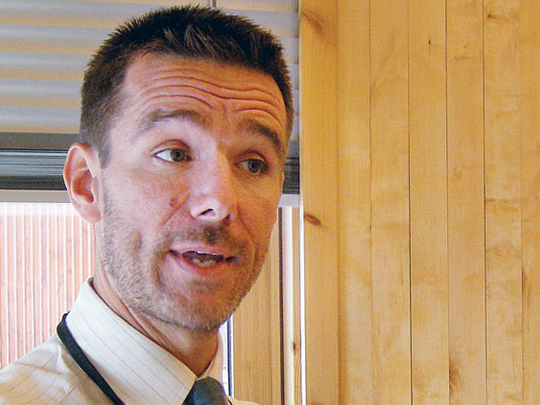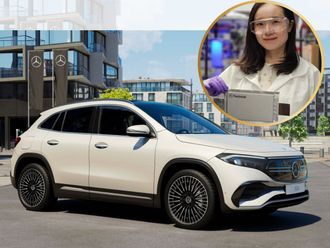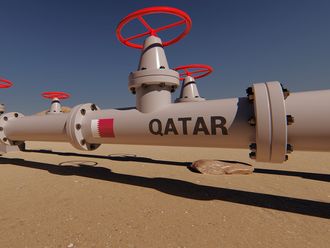
Abu Dhabi: A Norwegian state company intends to partner the UAE in the field of energy, accumulate and store carbon dioxide, and develop and increase the production of oil and gas fields.
"Our company is looking for expansion in Abu Dhabi through a permanent partnership in oil and gas industries," Oley Christian Williamson, Director of Economic Development at at the State Oil Company (Statoil), told Gulf News in an exclusive interview in Oslo.
"The company would also like to put in place large-scale oil projects in drilling, production, distribution, marketing and export," he said.
Williamson said Stat-oil does not intend to sell services or market spare parts, but that it is looking for a permanent partnership with the Abu Dhabi National Oil Company (Adnoc) as well as putting in place long-term projects that contribute to developing the industry in the capital.
GULF NEWS: What are the main ideas to be discussed with oil companies in Abu Dhabi?
Oley Christian Williamson: Statoil is an international energy company with operation in 40 countries, building on more than 35 years of experience from oil and gas production on the Norwegian continental shelf.
Our company is ready to exchange environmentally safe modern technology in the oil industry with the oil companies in the UAE. Statoil runs three of four projects to accumulate and store carbon dioxide and has the required experience to run such a project in Abu Dhabi.
Are you in negotiations with other energy producers in the UAE such as Masdar?
Yes. Statoil signed an agreement in January with Masdar related to accumulation and storage of carbon dioxide. Currently, there is cooperation with Masdar in renewable energy, especially solar and wind energy.
Negotiations are currently under way with Masdar regarding accumulation and storage of carbon dioxide in electricity production stations and iron and aluminium factories in the UAE. 100,000 tonnes of carbon dioxide is currently accumulated annually in Norway by Statoil, while the storage phase will start in 2013.
What technique does Statoil use to store CO2?
Statoil invented a technique called Carbon Capture and Storage (CCS), which is one of the main tools to combat climate change.
We are proud to negotiate this technology with our partners in the UAE, since we now intend to generate significant business from CO2 management focusing mainly in storage.
How do you store CO2?
We started this technique in 1996, and at that time it was the first of its kind in the world.
CO2, which is a dangerous gas, is separated from well stream and injected in the Utsira formation above the gas field.
Its implementation has seen a reduction in CO2 emissions of nearly one million tonnes per year, equivalent to emissions from 400,000 cars.
Can you give us an idea about the technique used to store CO2 under the ground?
We developed this technology, and we hope to build in a few years an offshore platform in the North Sea to launch a test plant that would bury CO2 emissions from a gas-fired power station inland.
On these platforms we capture about 0.7 million tonnes of CO2 from the wells stream, then compress and send it back to the offshore fields for storage in a reservoir 2,500 metres below the seabed.
The CO2 is transported more than 150 kilometres through a subsea pipeline and injected through a subses template. This CO2 offshore transport is the first of its kind. We also hope to transfer such kind of advanced technology to the UAE and other GCC countries in the future.
Prime: Cutting emissions
Carbon capture and storage (CCS) is a means of mitigating the contribution of fossil fuel emissions to global warming, based on capturing carbon dioxide (CO2) from large point sources such as fossil fuel power plants, and storing it away from atmosphere by different means. It can also be used to describe the scrubbing of CO2 from ambient air as a geo-engineering technique.












